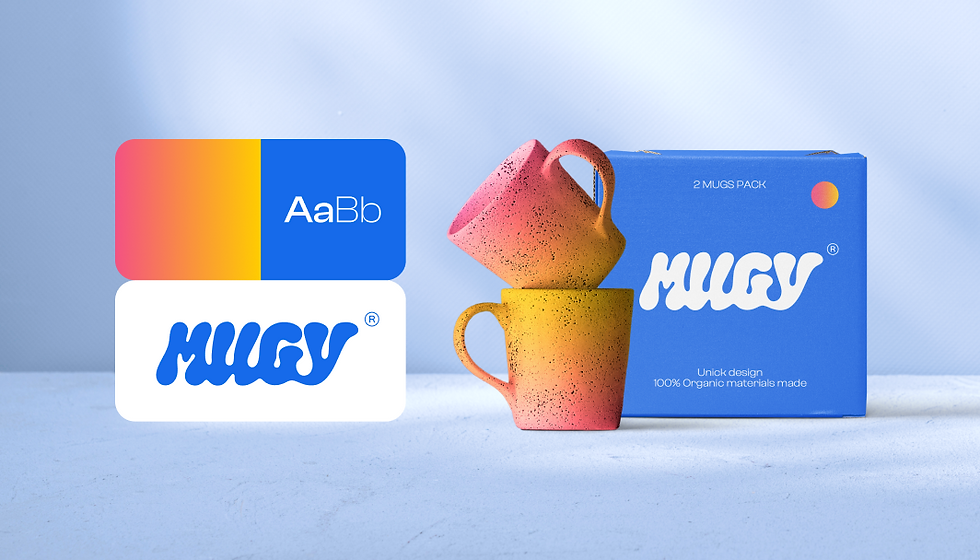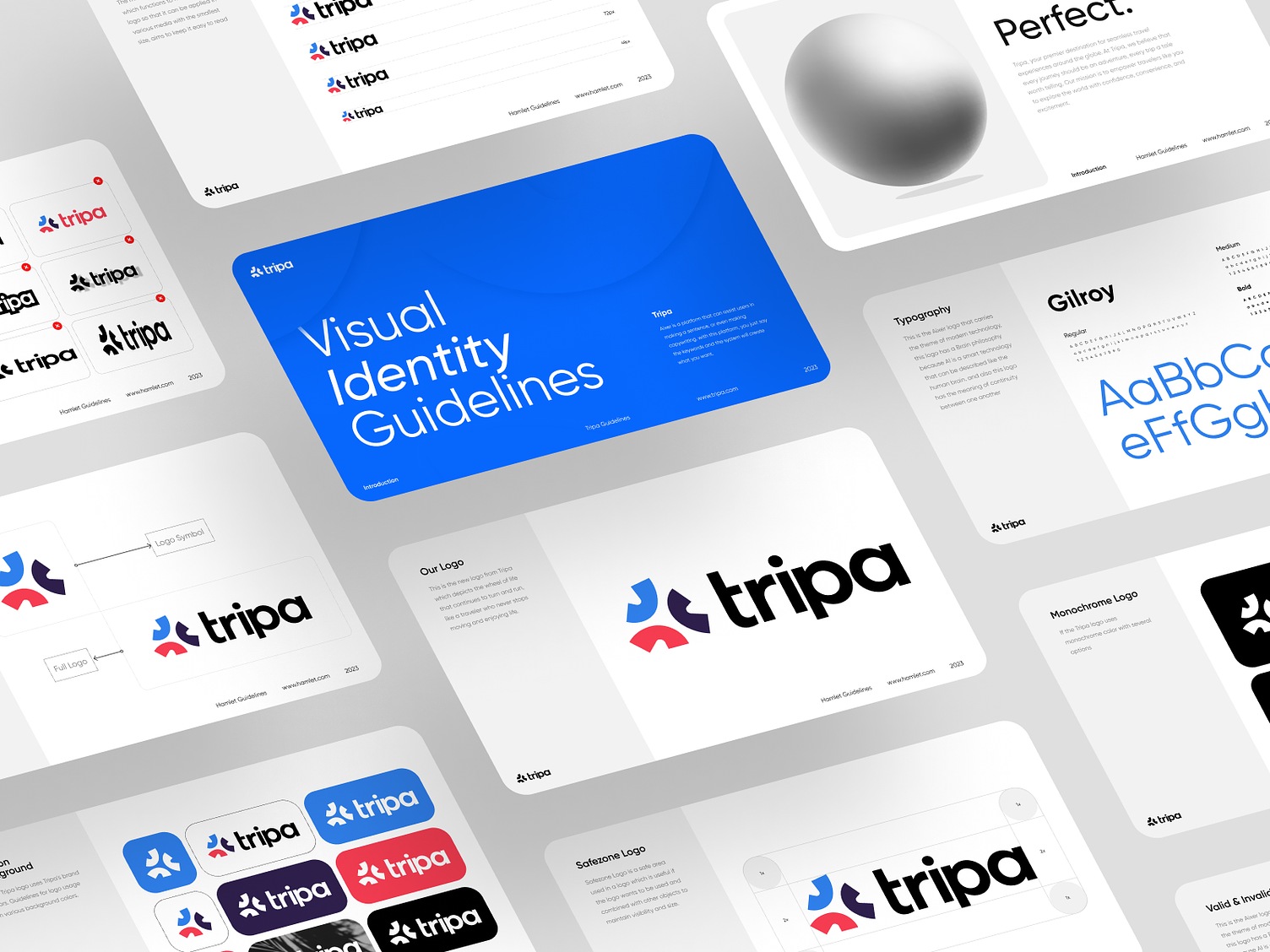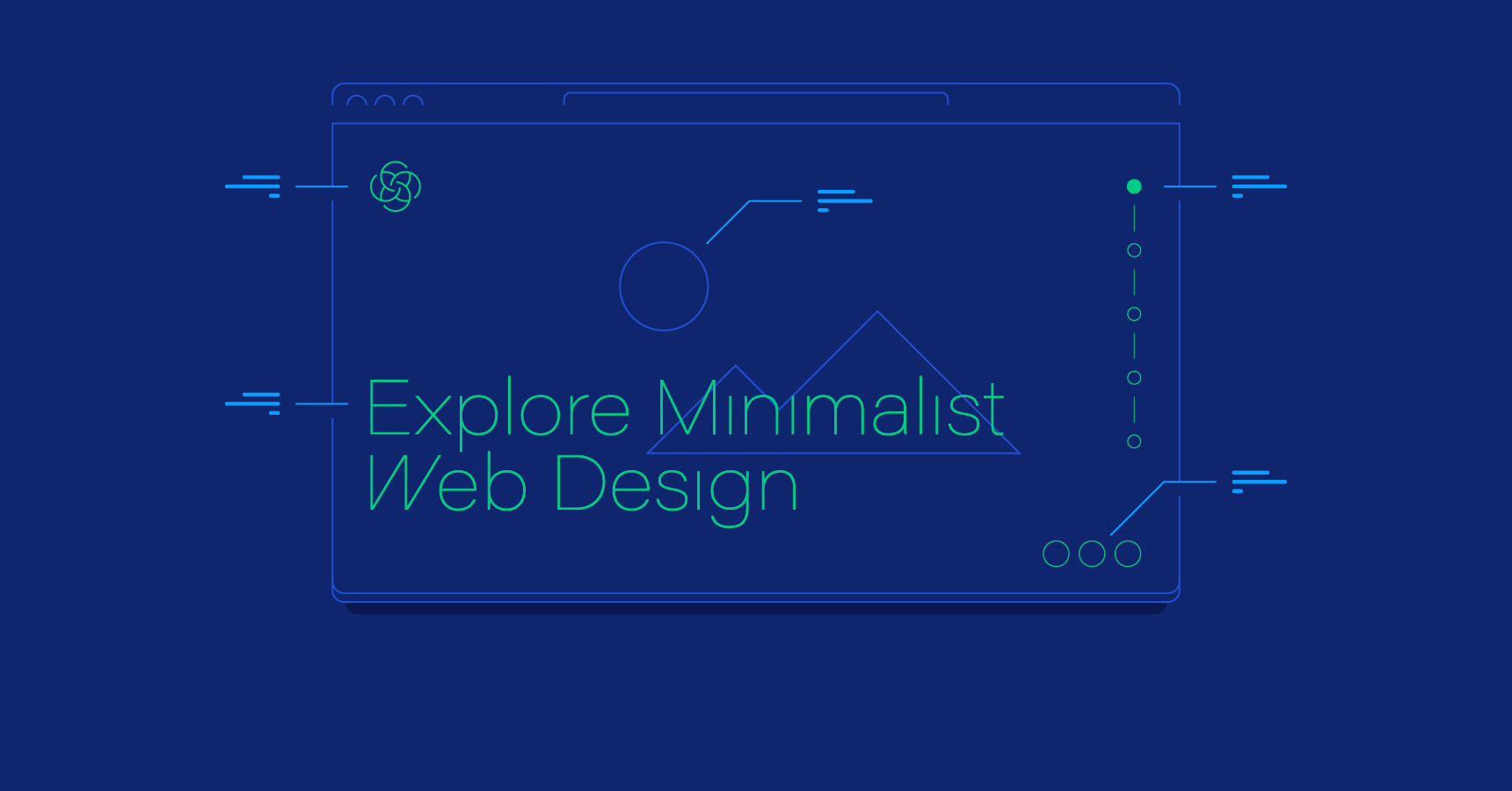Minimalist Branding: Why Less Is More

Minimalist branding is a design philosophy that emphasizes simplicity and clarity, stripping away unnecessary elements to focus on the core message and identity of a brand. This approach has gained significant popularity in recent years due to its effectiveness in creating memorable and impactful brand experiences.
What is Minimalist Branding?

Minimalist branding involves using clean lines, limited color palettes, simple typography, and ample white space to convey a brand’s essence without overwhelming the audience. It prioritizes functionality and aesthetics, ensuring that every design element serves a purpose.
Why Choose Minimalist Branding?
- Clarity and Focus: By removing clutter, minimalist branding helps consumers quickly understand what a brand stands for.
- Timeless Appeal: Simple designs tend to age better and remain relevant longer than complex, trendy visuals.
- Versatility: Minimalist logos and branding materials adapt well across various platforms and sizes.
- Enhanced User Experience: Clean designs improve readability and navigation, especially in digital contexts.
Key Elements of Minimalist Branding
| Element | Description | Example |
|---|---|---|
| Color Palette | Limited, often monochromatic or complementary | Black and white, pastel tones |
| Typography | Simple, sans-serif fonts that are easy to read | Helvetica, Arial |
| Imagery | Minimal or abstract visuals | Geometric shapes, icons |
| Layout | Lots of white space and balanced composition | Centered text, grid systems |
How to Implement Minimalist Branding
- Define Your Core Message: Understand the essence of your brand and what you want to communicate.
- Choose a Simple Color Scheme: Limit your palette to two or three colors that reflect your brand personality.
- Select Clean Typography: Use fonts that enhance readability and align with your brand tone.
- Use White Space Effectively: Allow your design to breathe and avoid overcrowding.
- Focus on Essential Elements: Include only what is necessary to convey your message.
Benefits of Minimalist Branding
- Improved Brand Recognition: Simple logos and designs are easier to remember.
- Cost-Effective: Fewer design elements can reduce production costs.
- Faster Decision Making: Clear branding helps customers make quicker purchasing decisions.
Frequently Asked Questions (FAQ)
Q1: Is minimalist branding suitable for all industries?
A1: While minimalist branding works well for many sectors, especially tech, fashion, and lifestyle, some industries may require more elaborate designs to convey complexity or tradition.
Q2: Can minimalist branding limit creativity?
A2: On the contrary, it challenges designers to be more creative within constraints, often leading to innovative and impactful designs.
Q3: How does minimalist branding affect customer perception?
A3: It often conveys professionalism, modernity, and trustworthiness, which can positively influence customer attitudes.
Minimalist branding proves that sometimes, less truly is more. By focusing on simplicity and clarity, brands can create strong, lasting impressions that resonate with their audience across various platforms and media.
